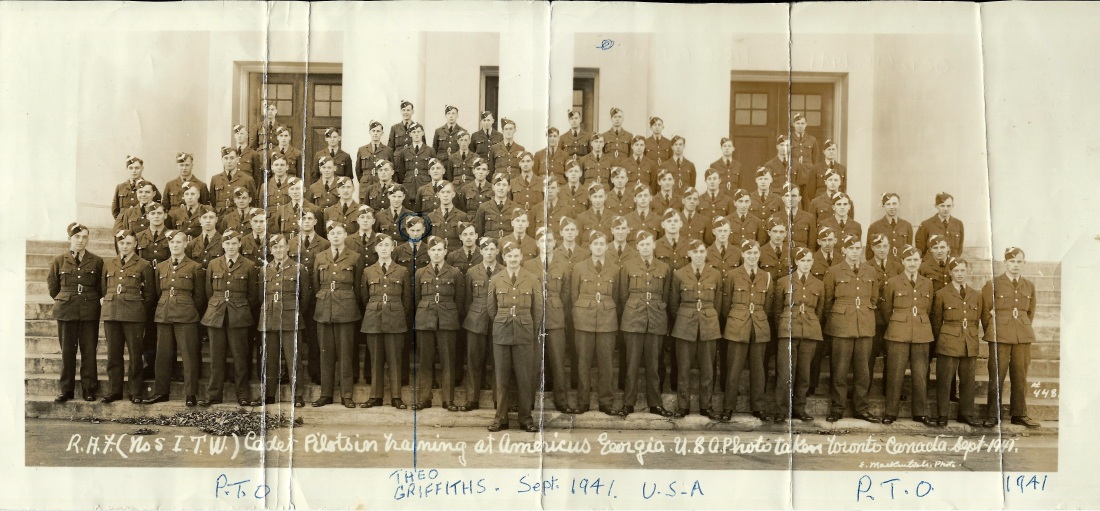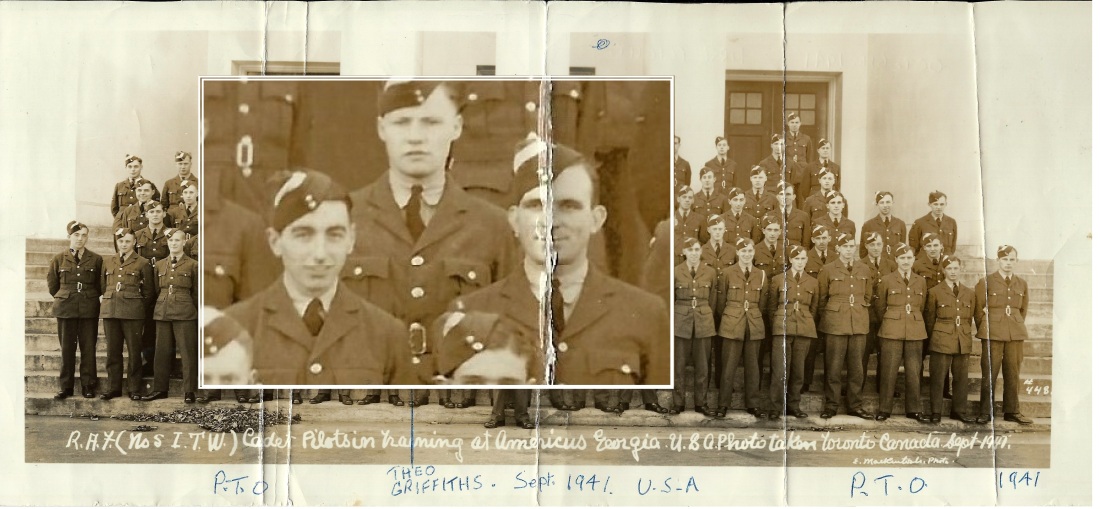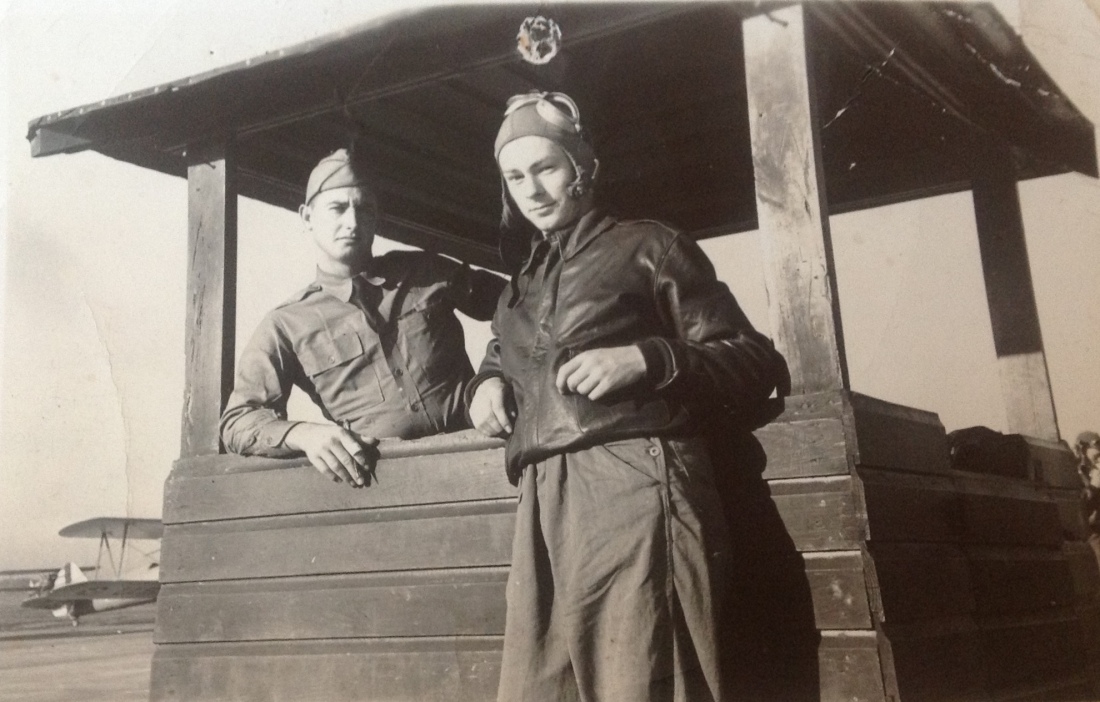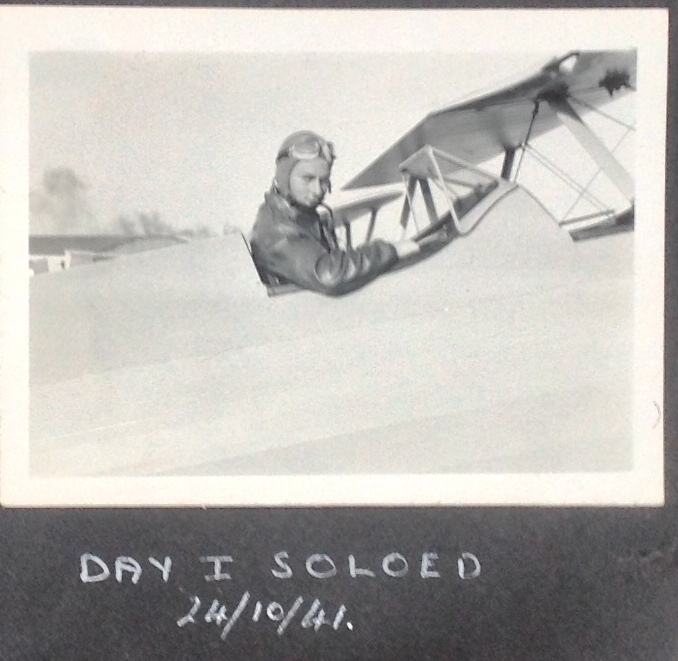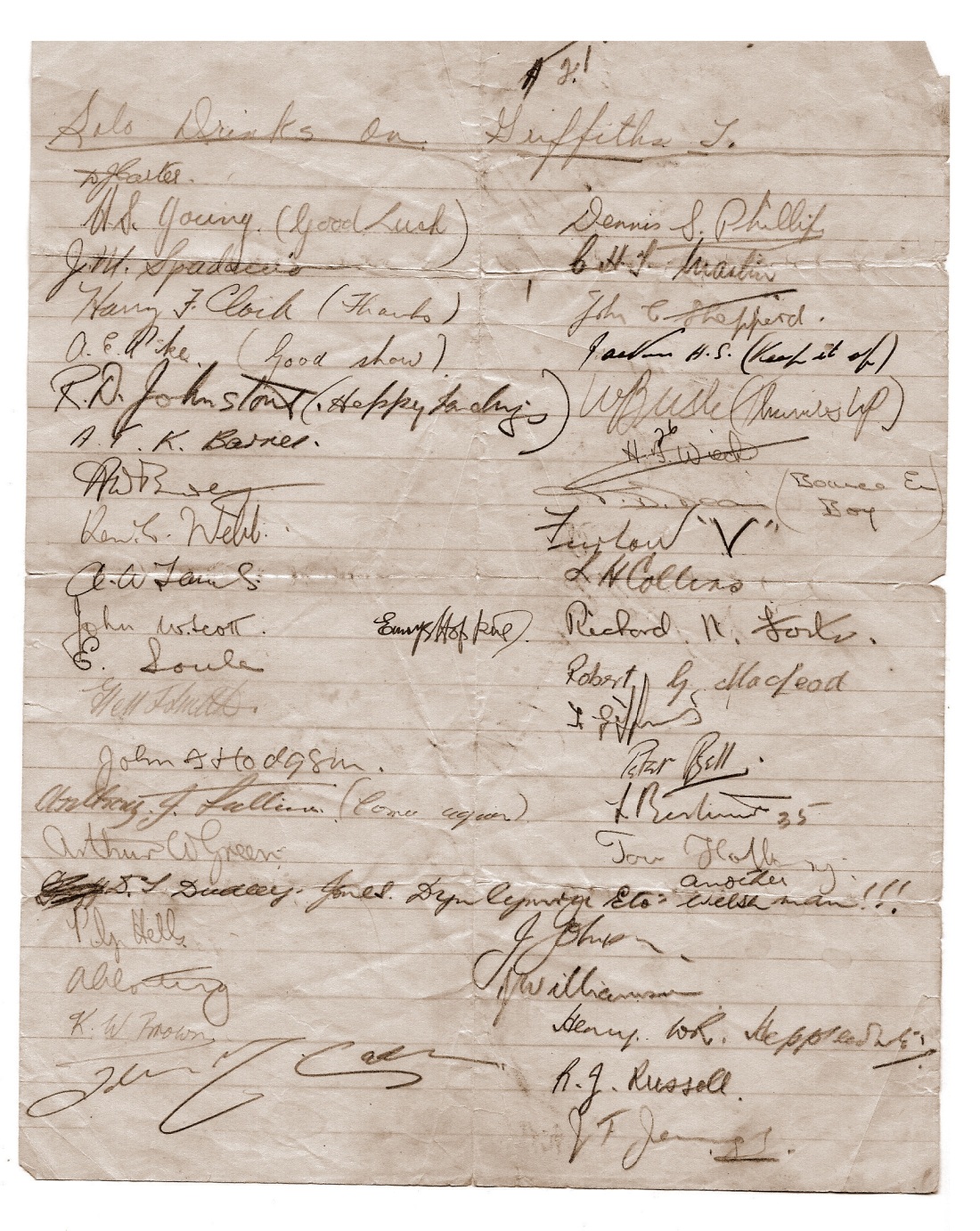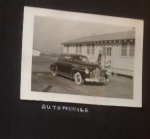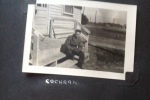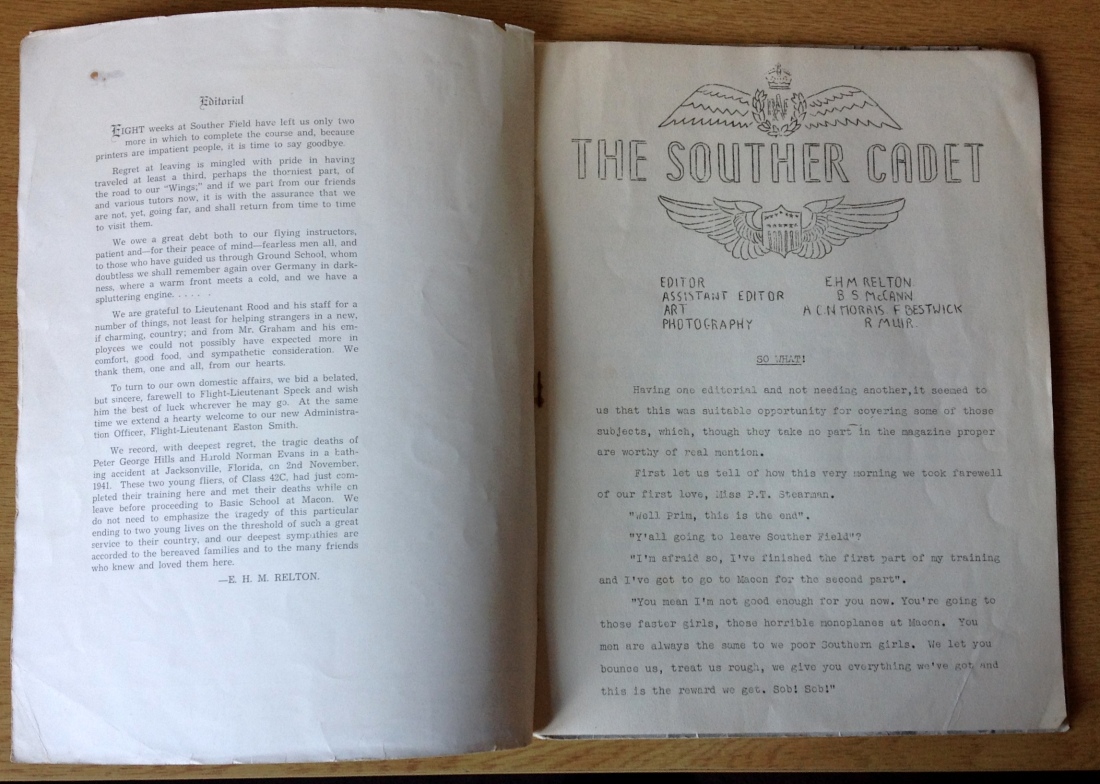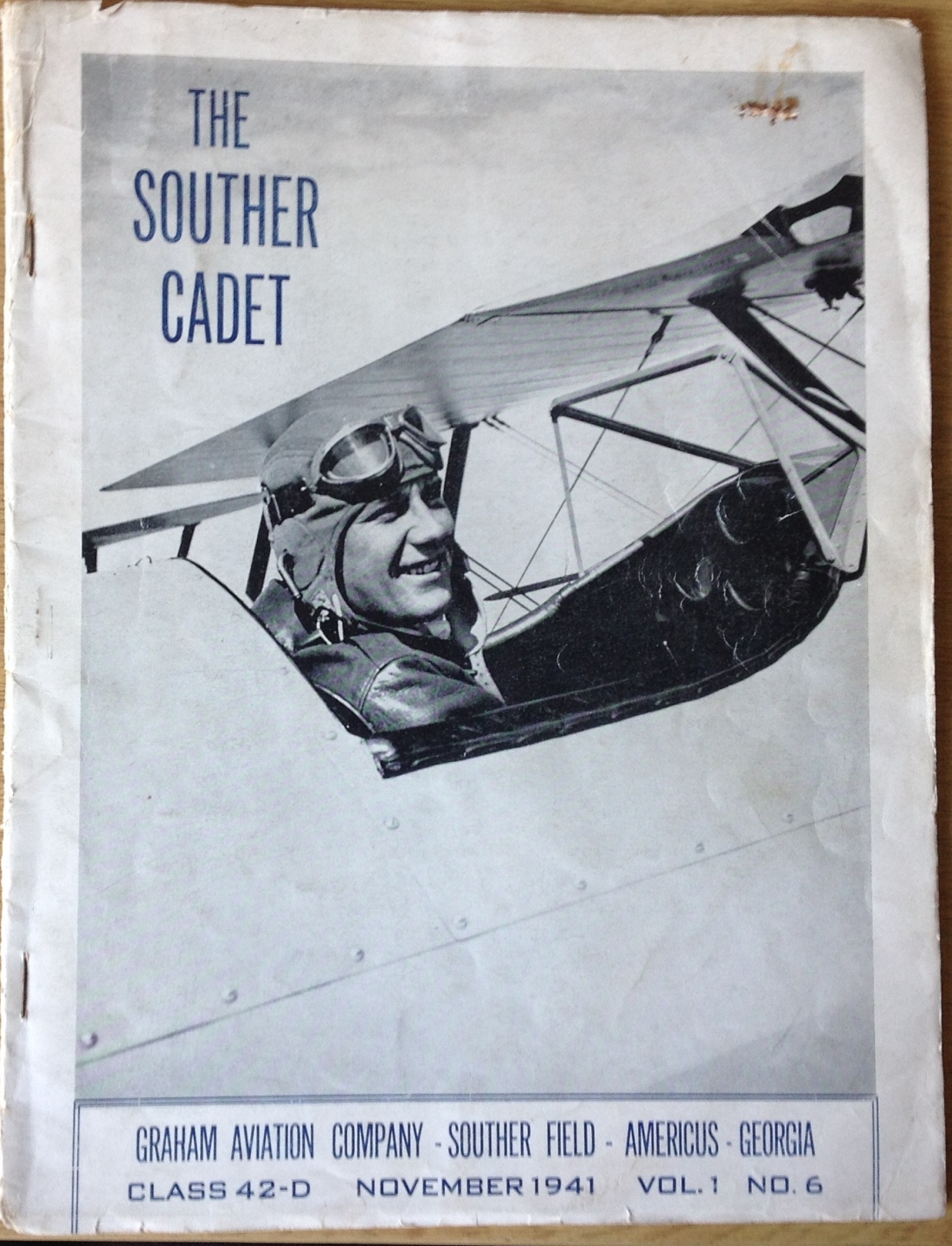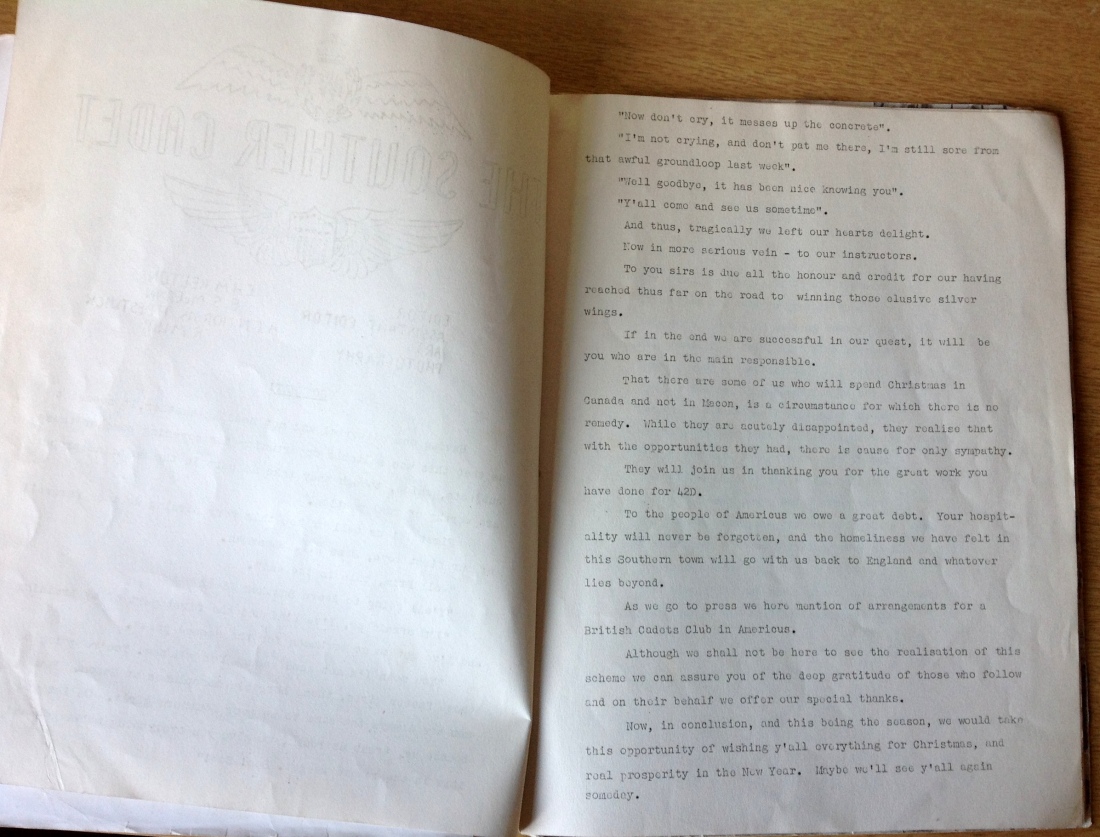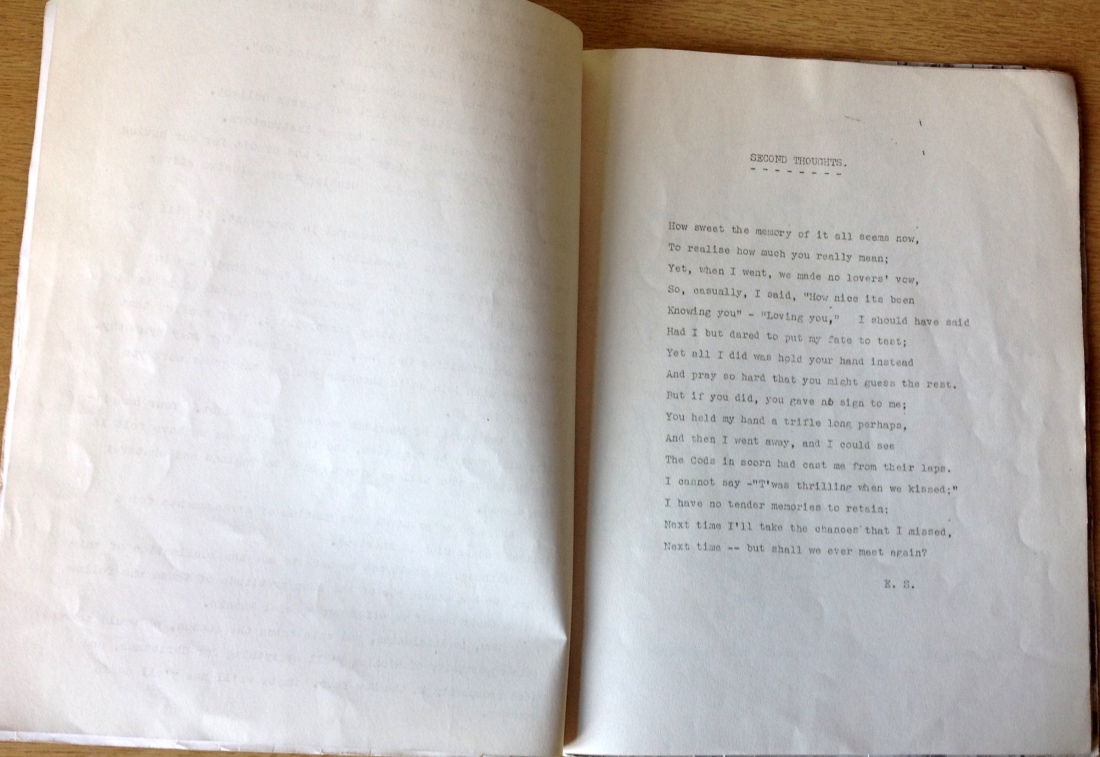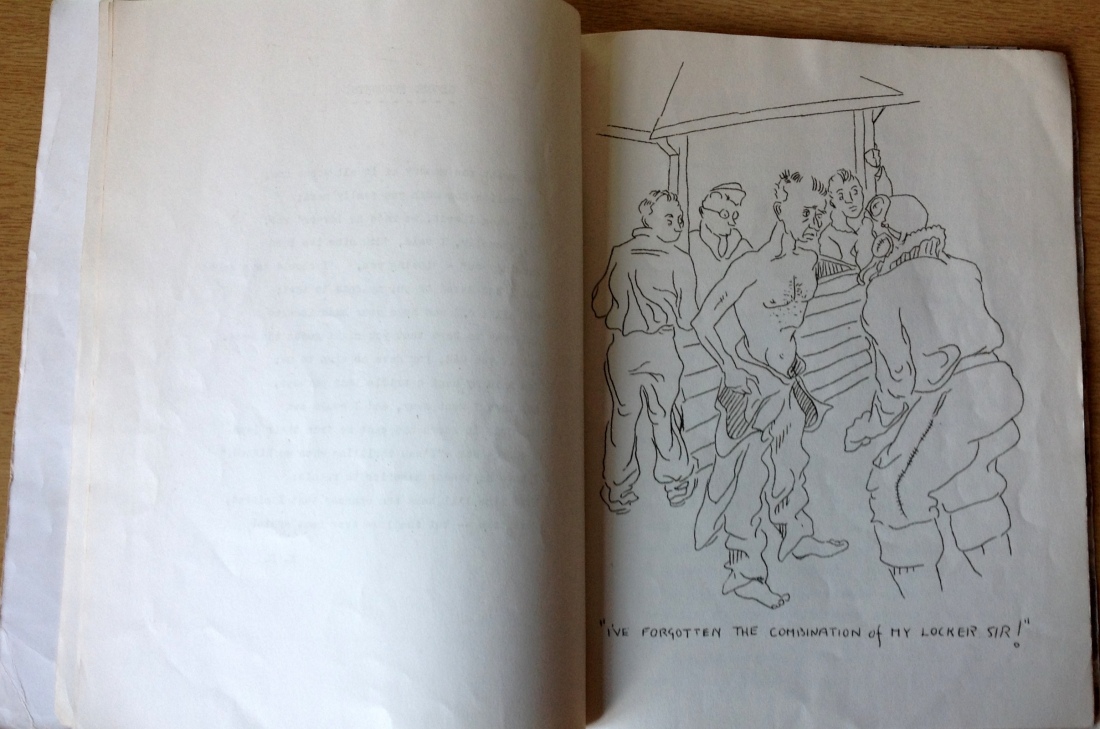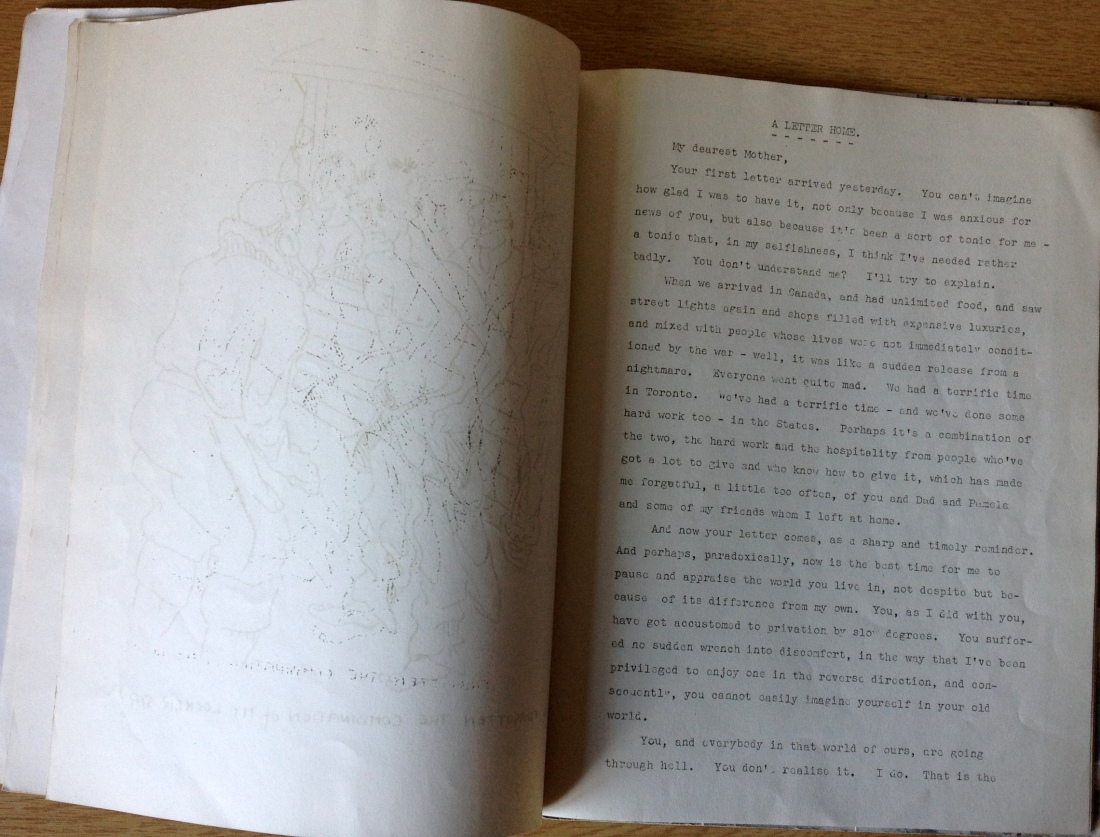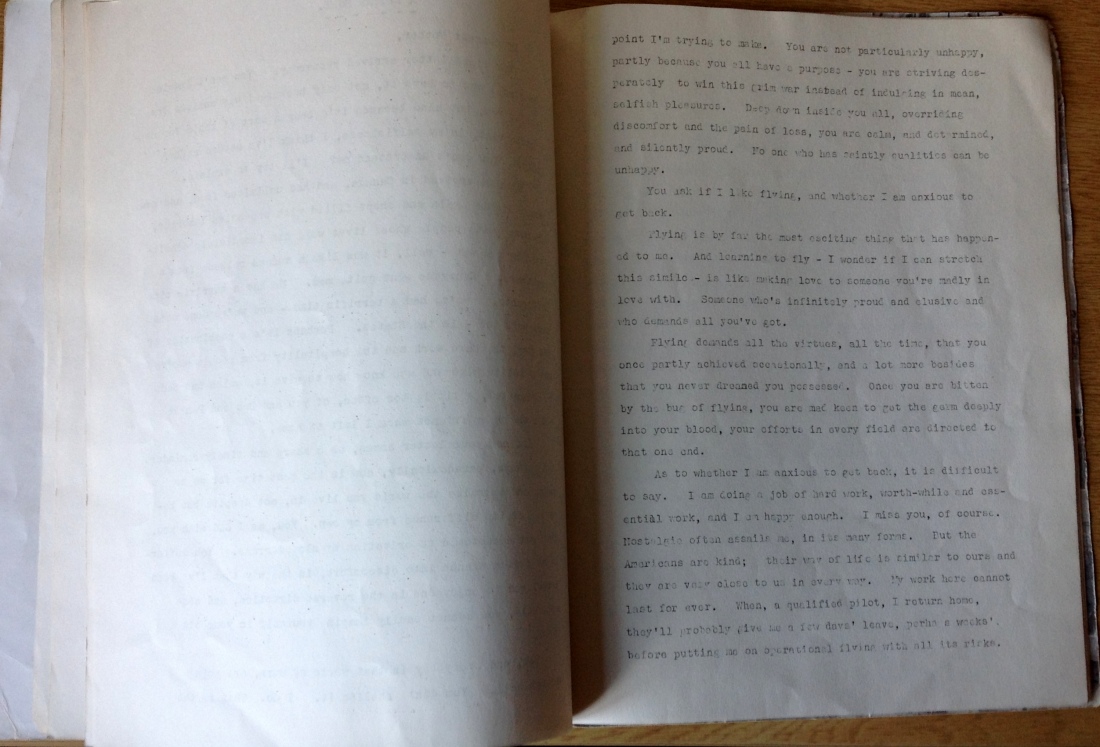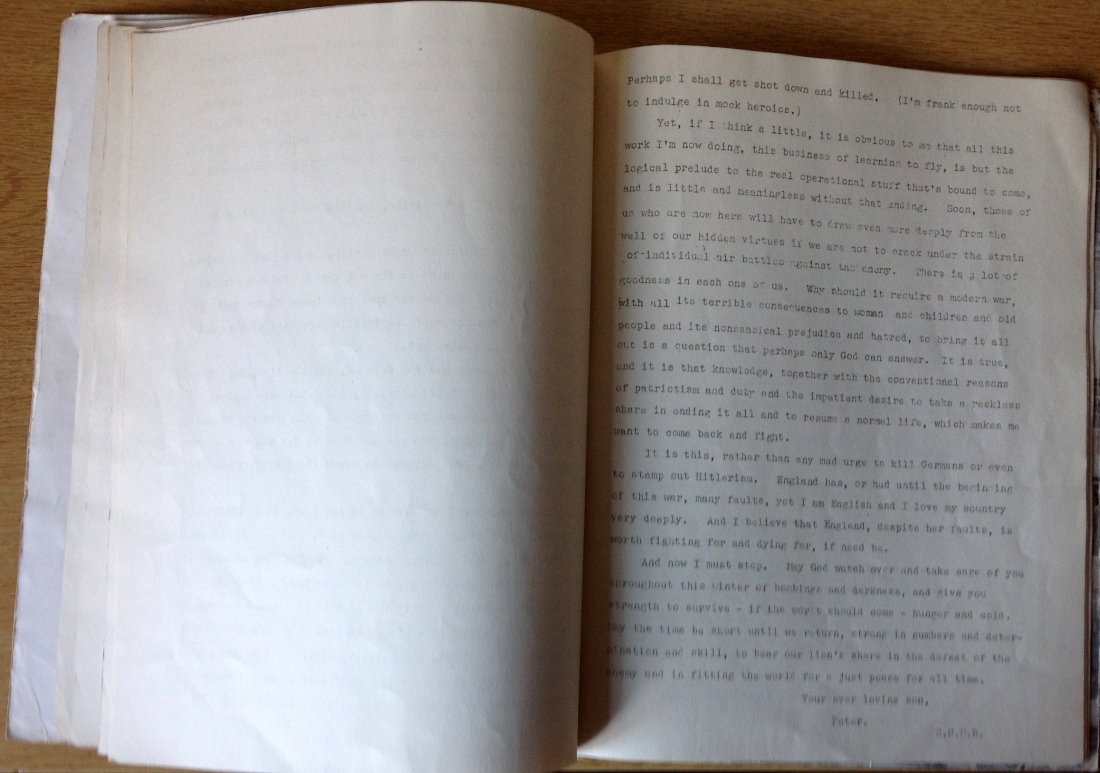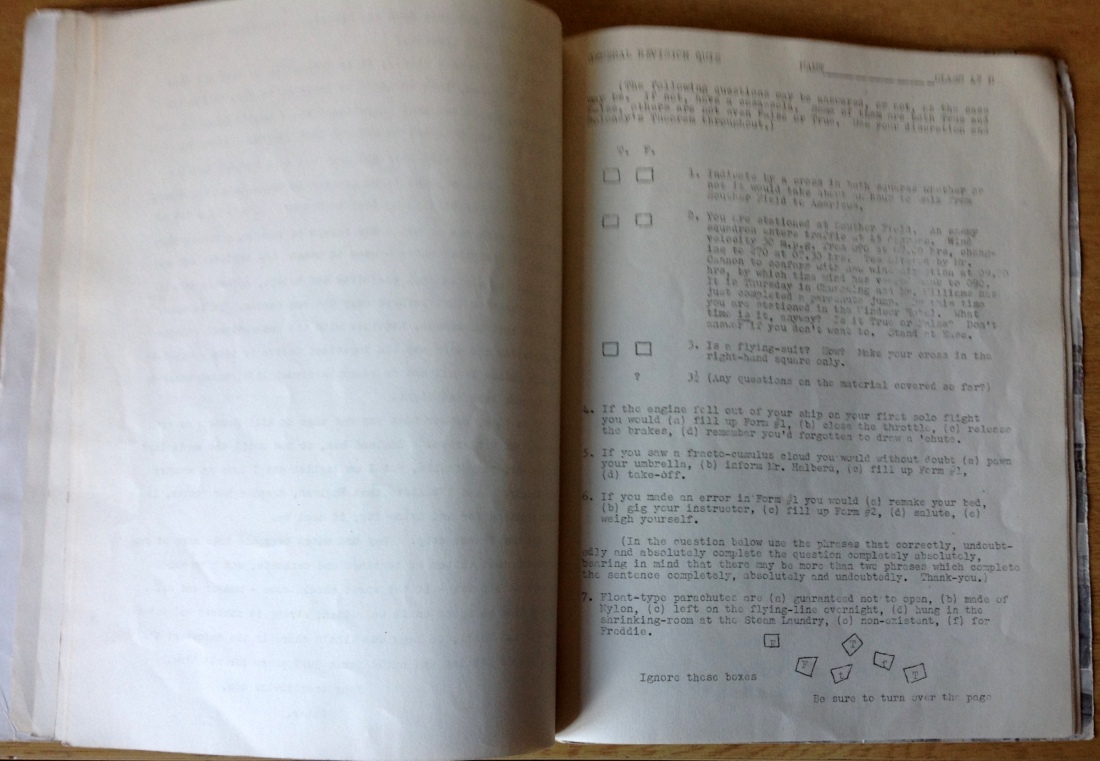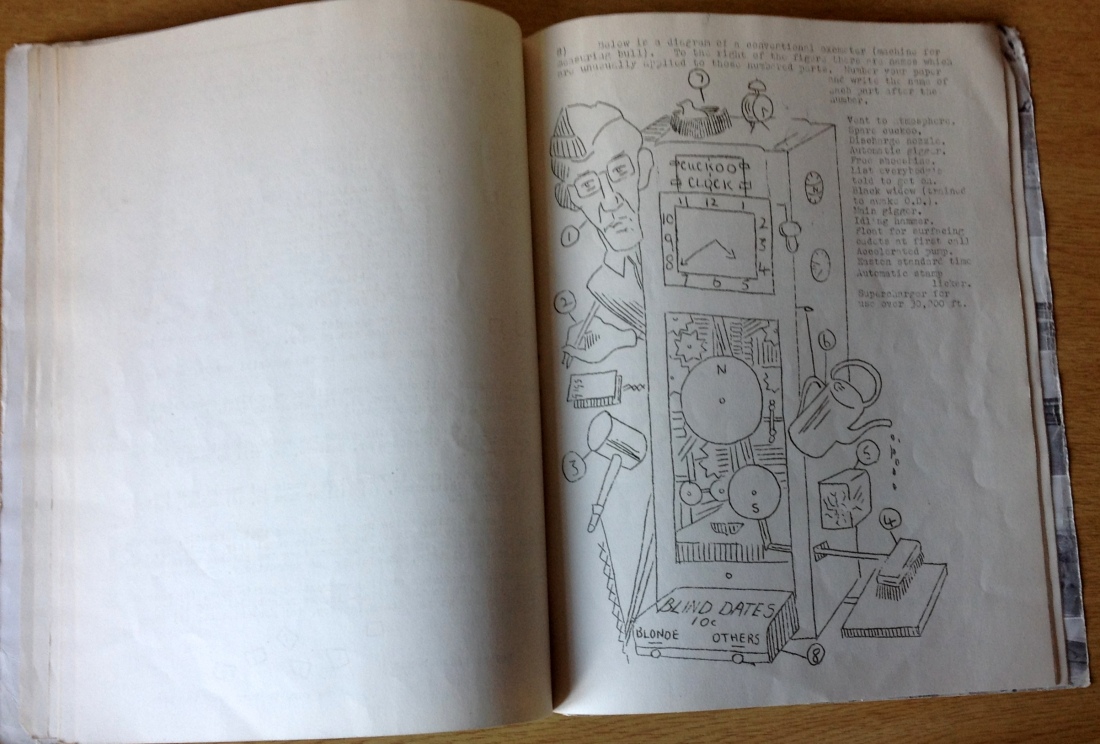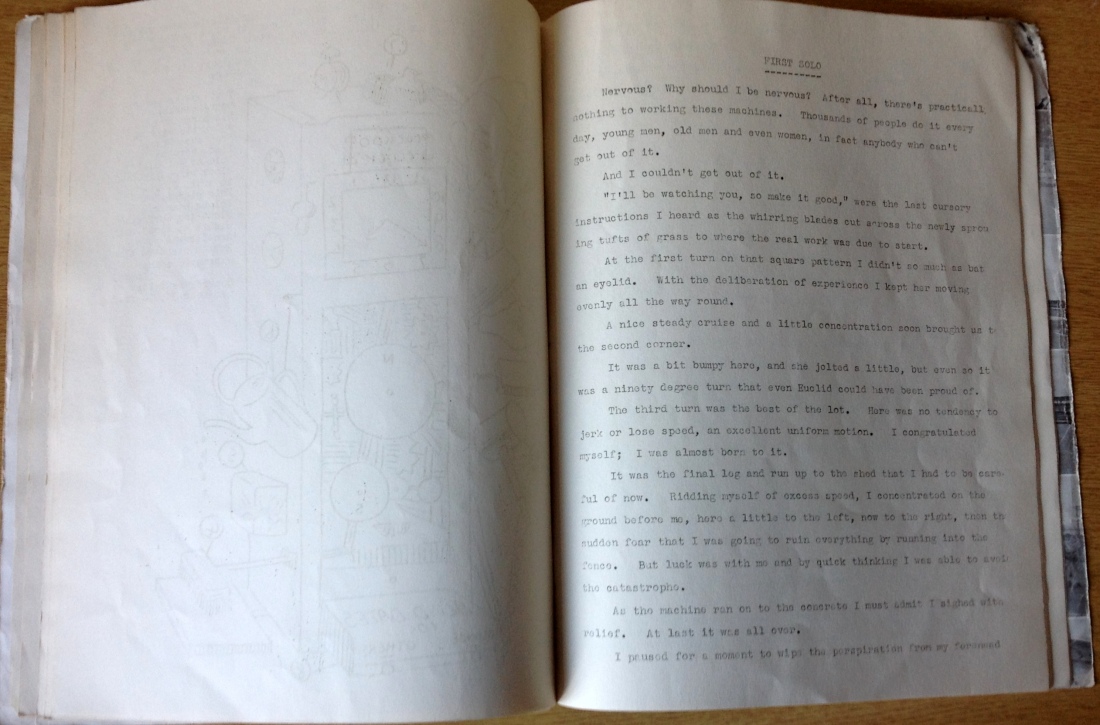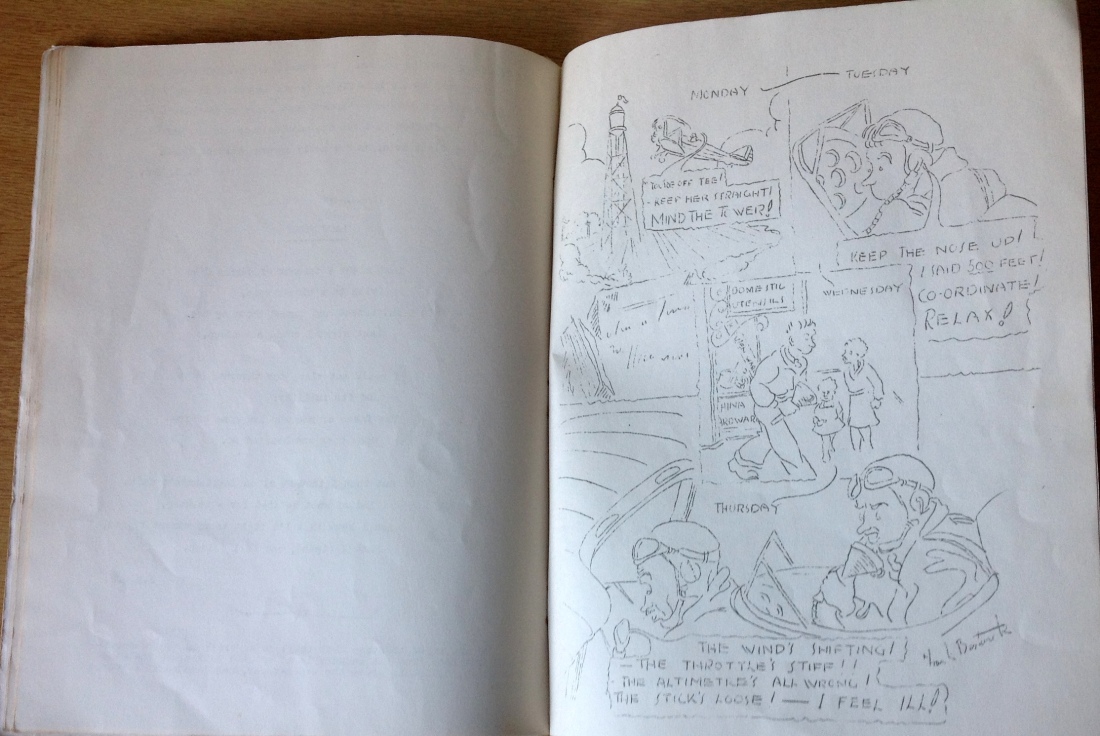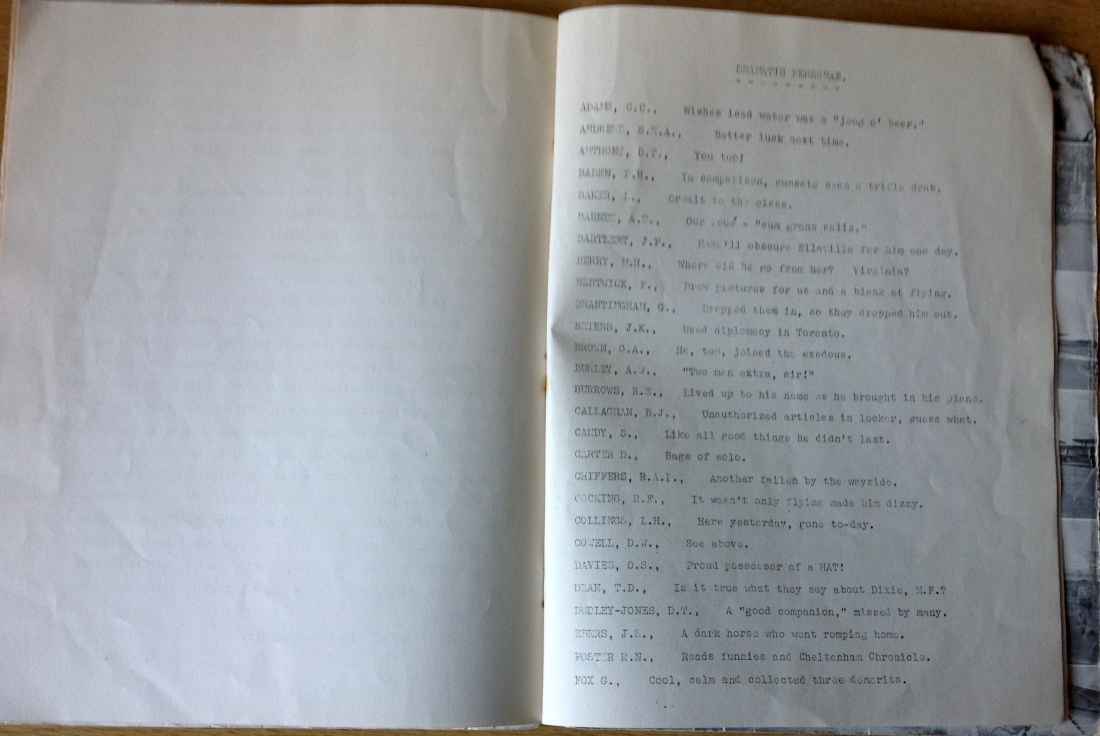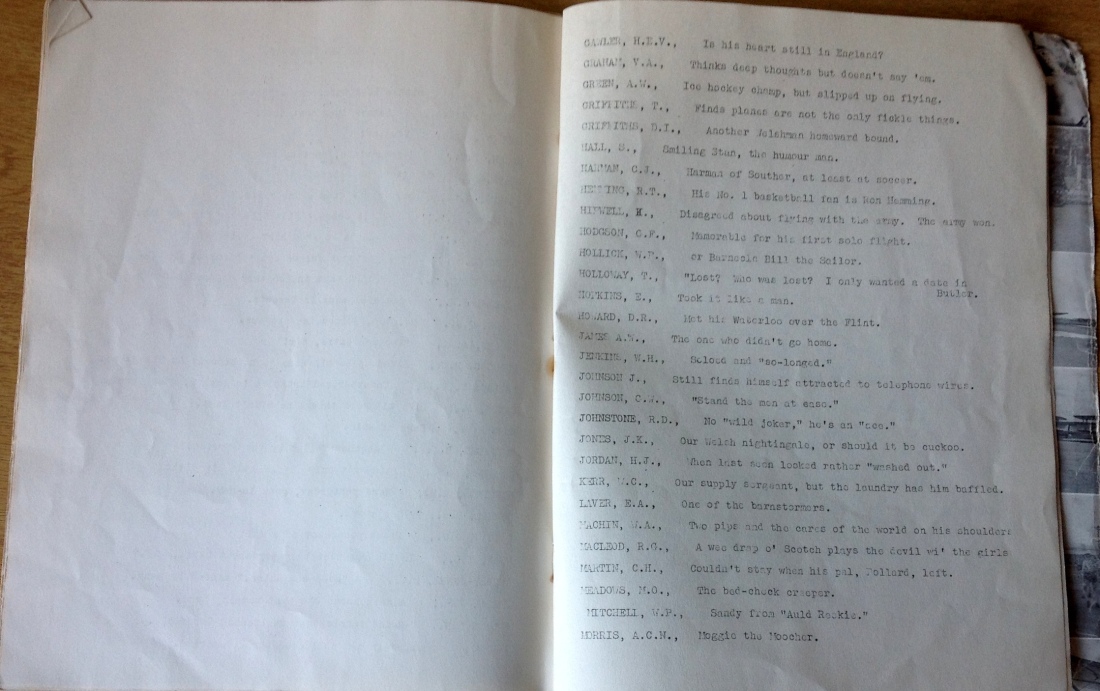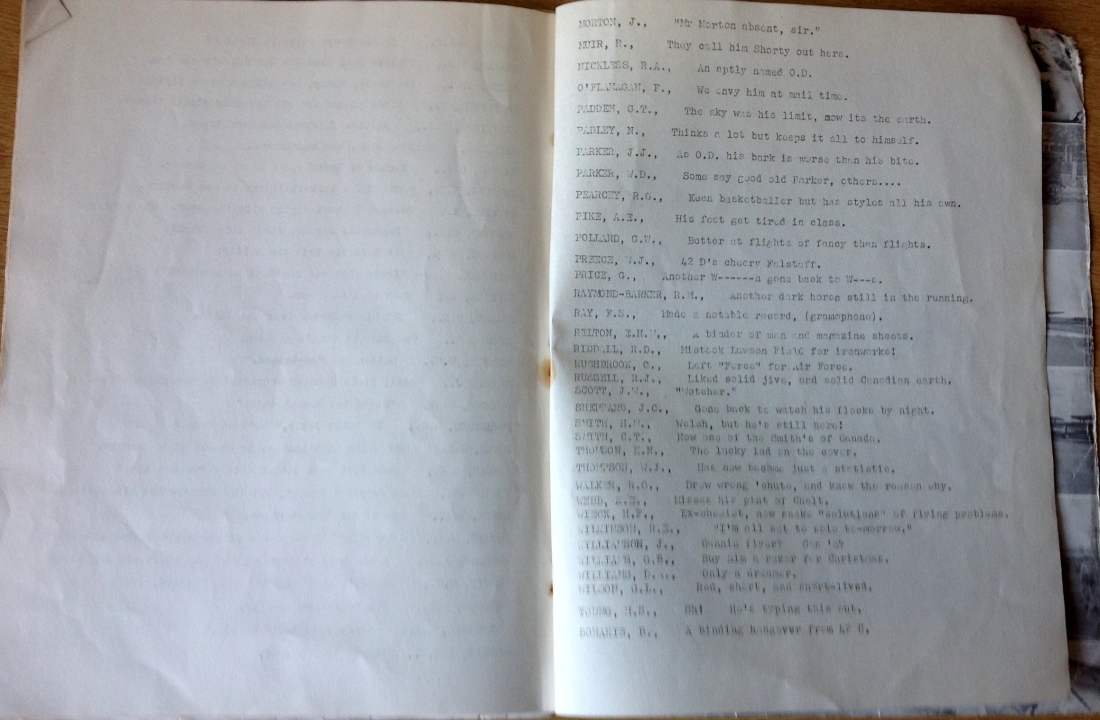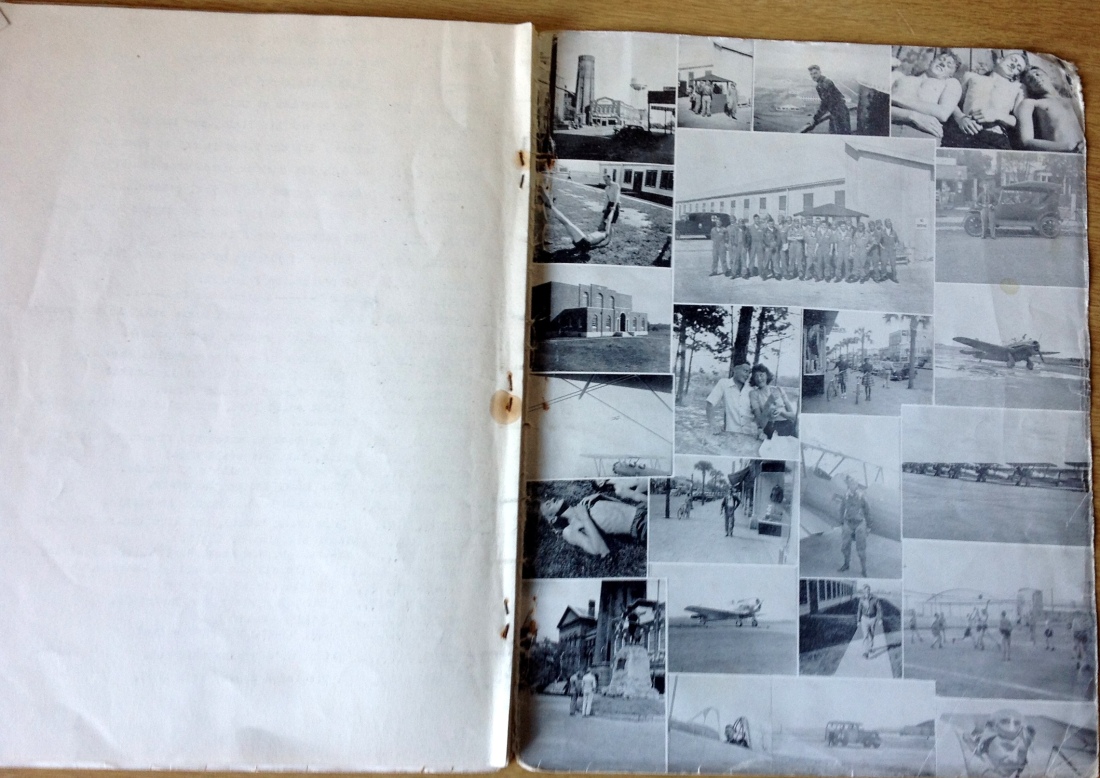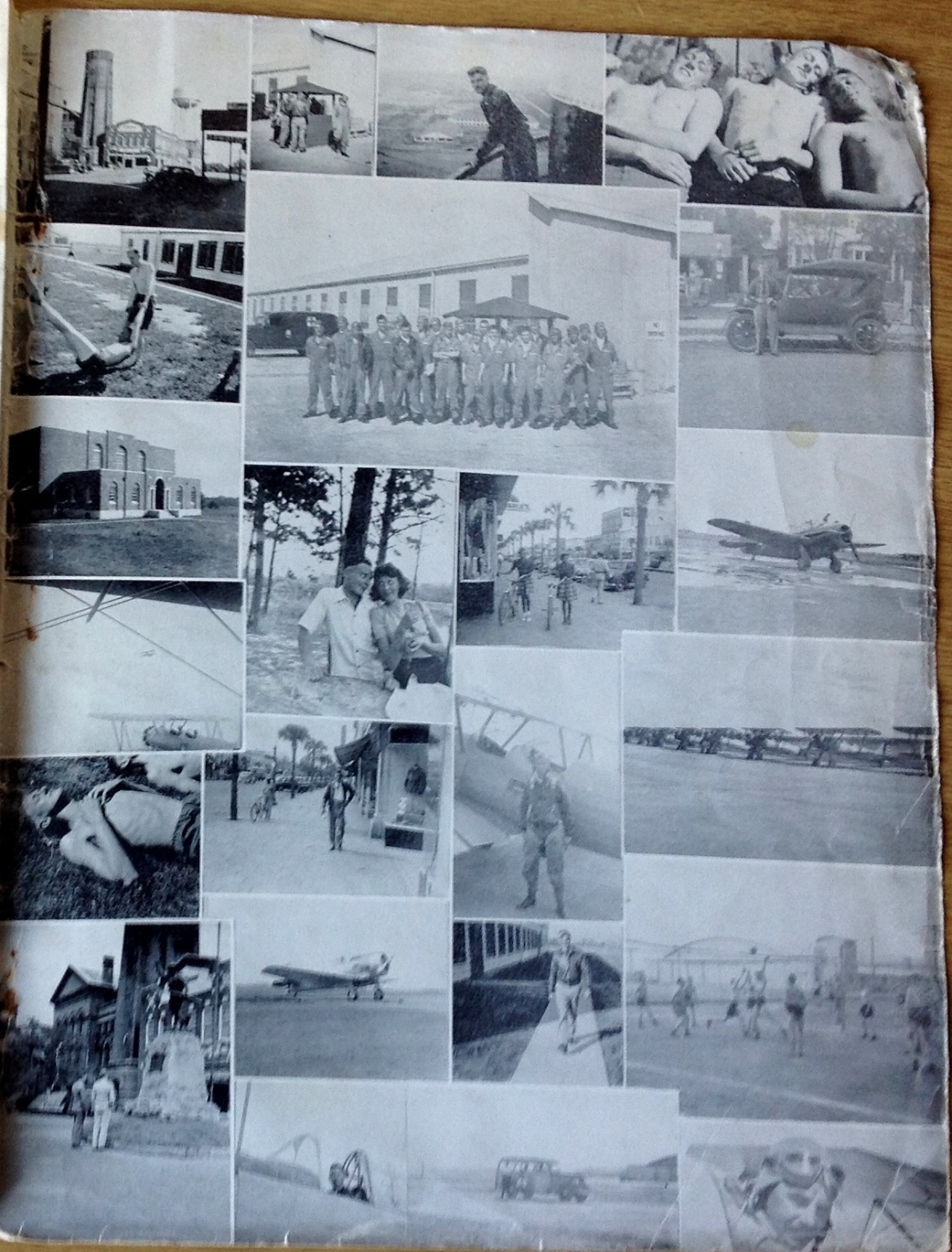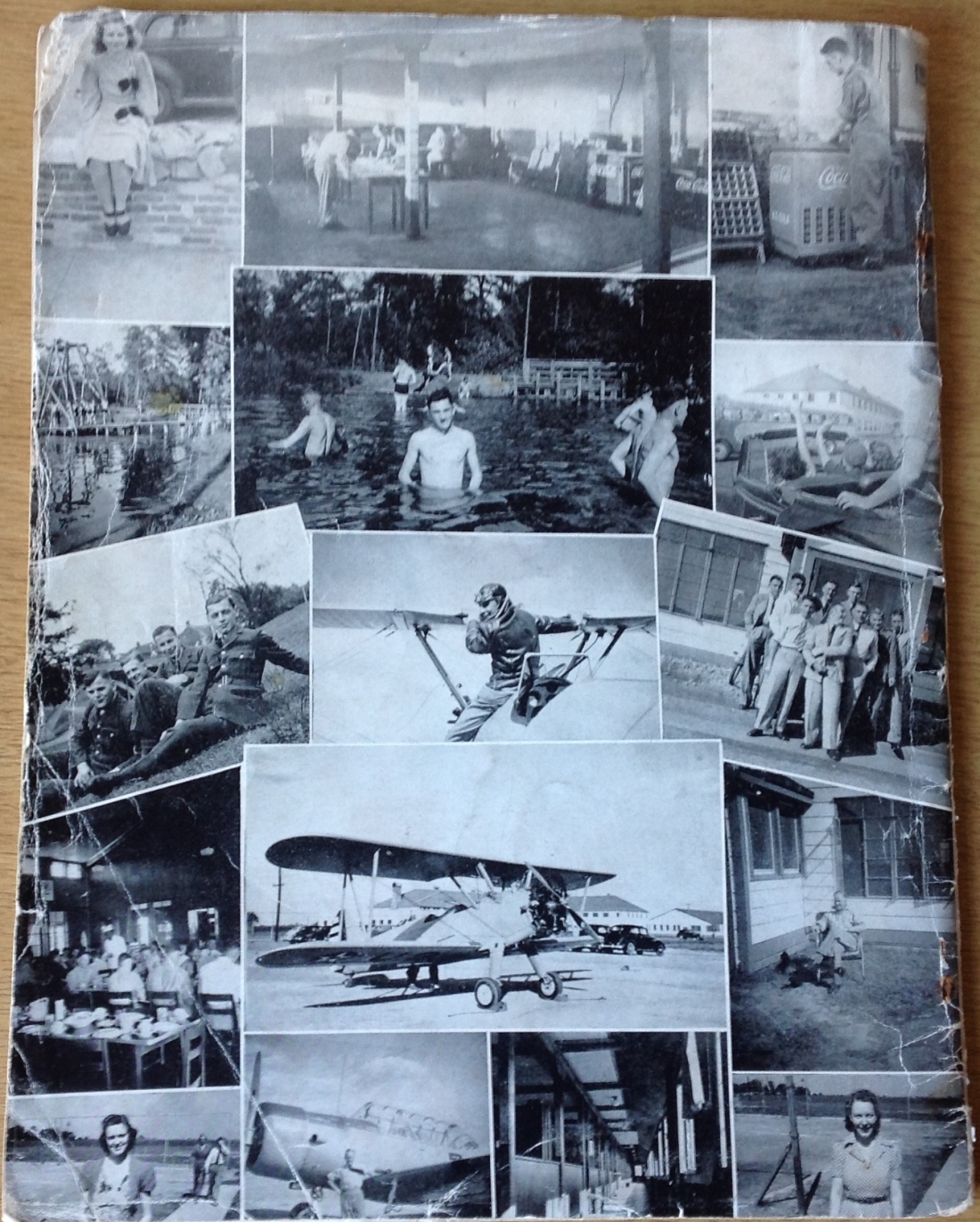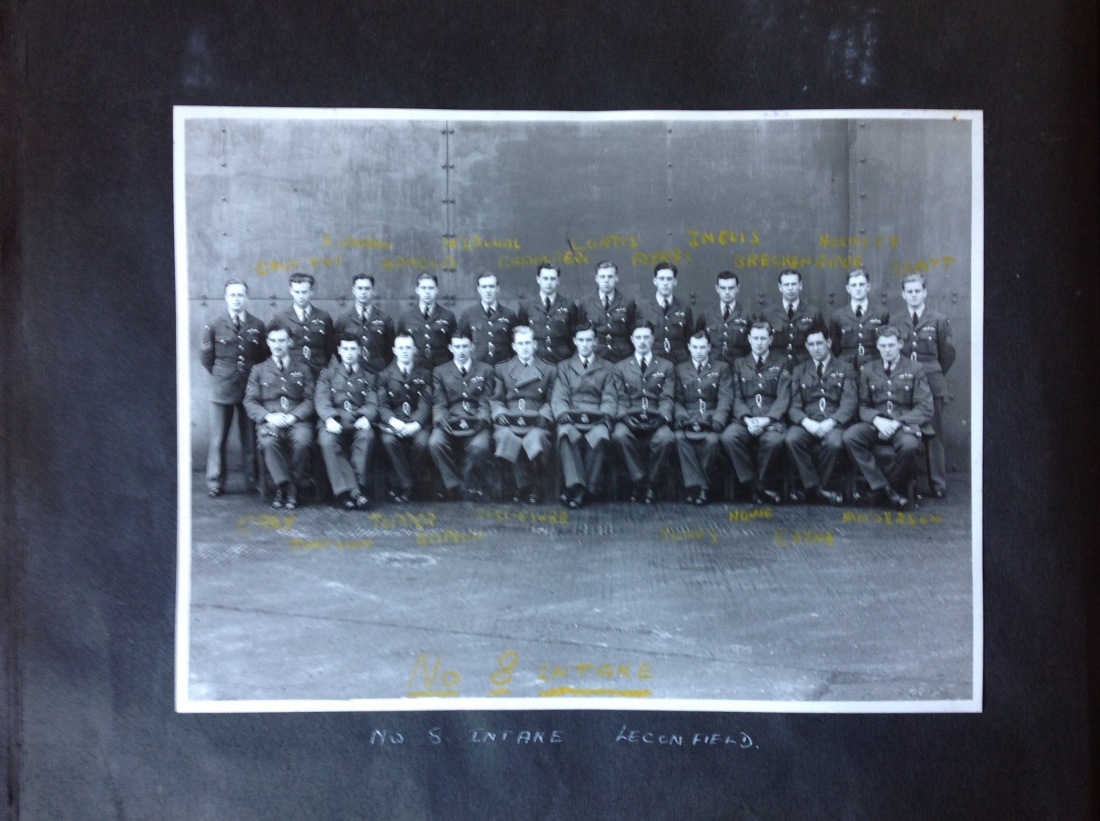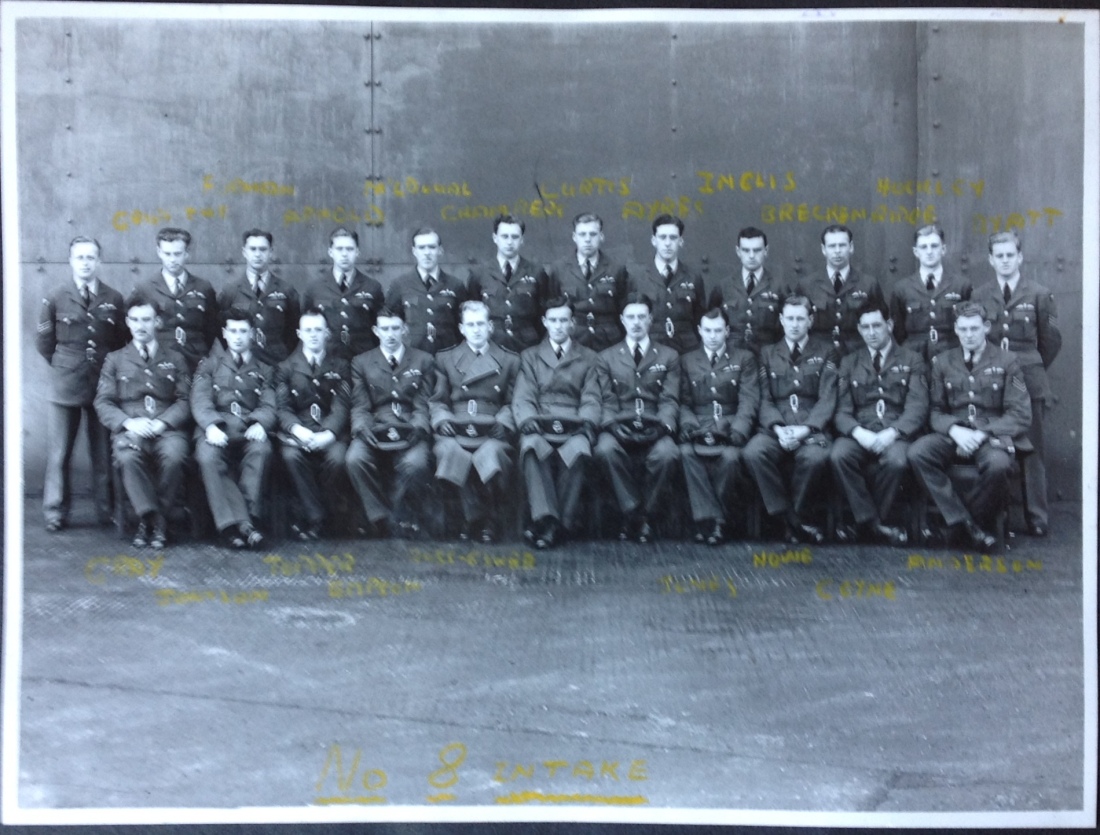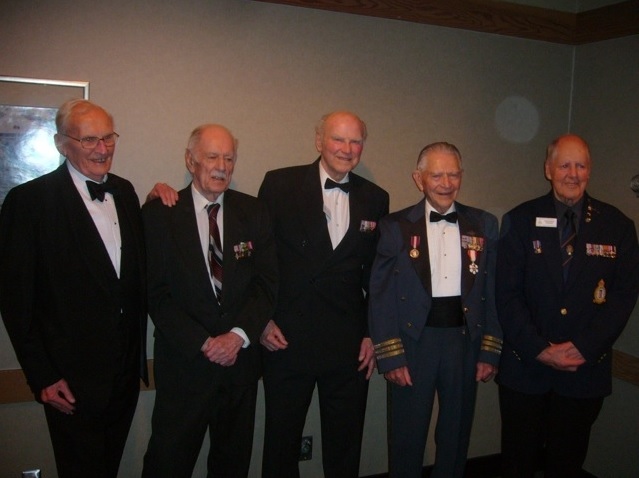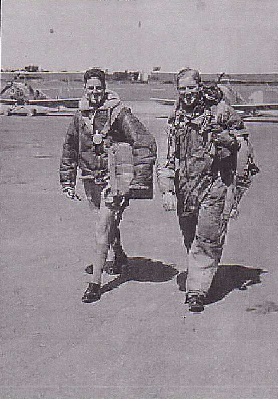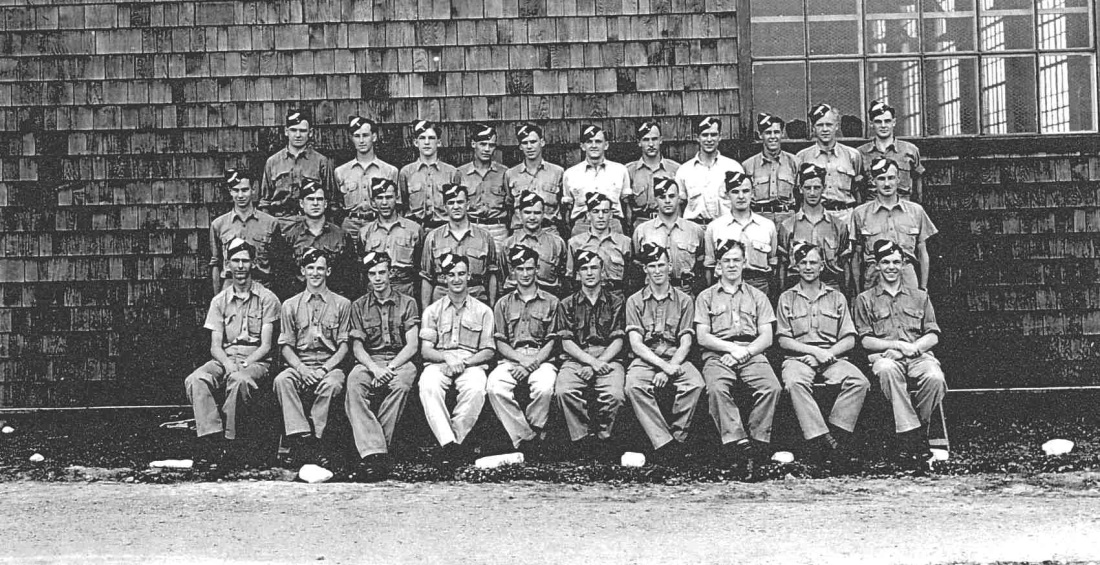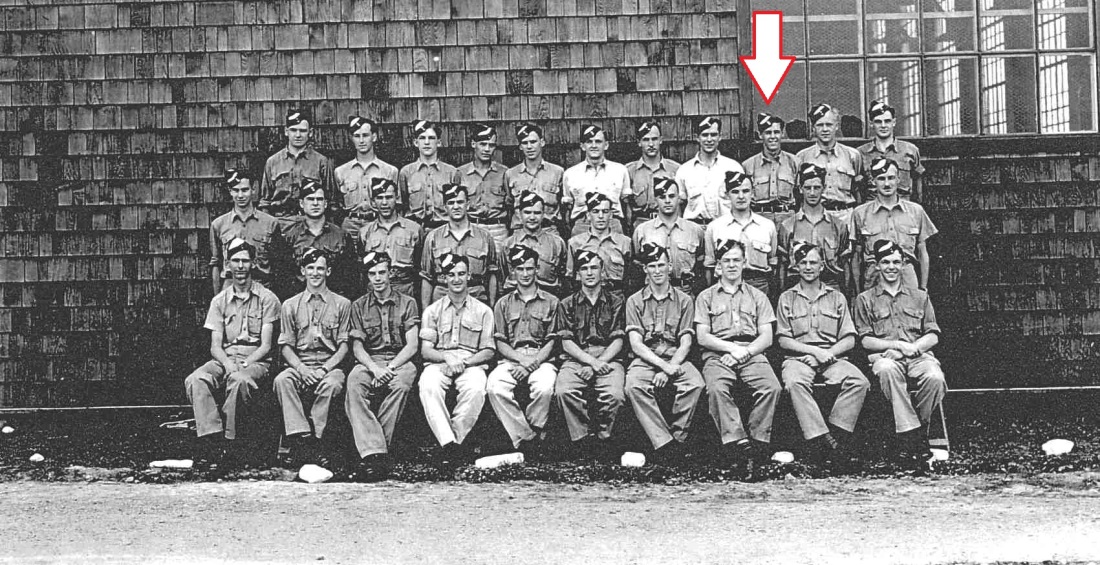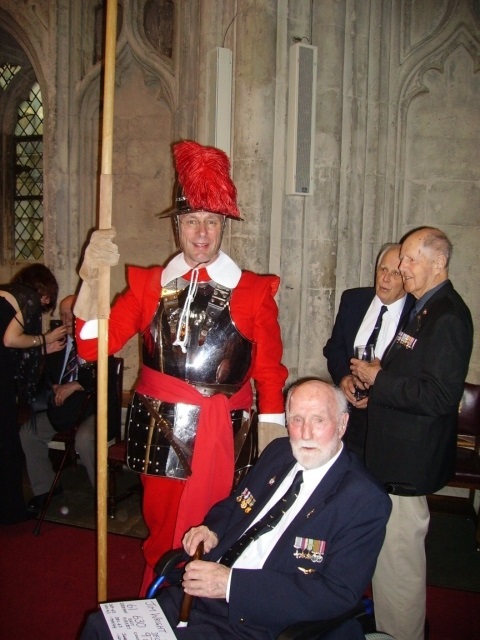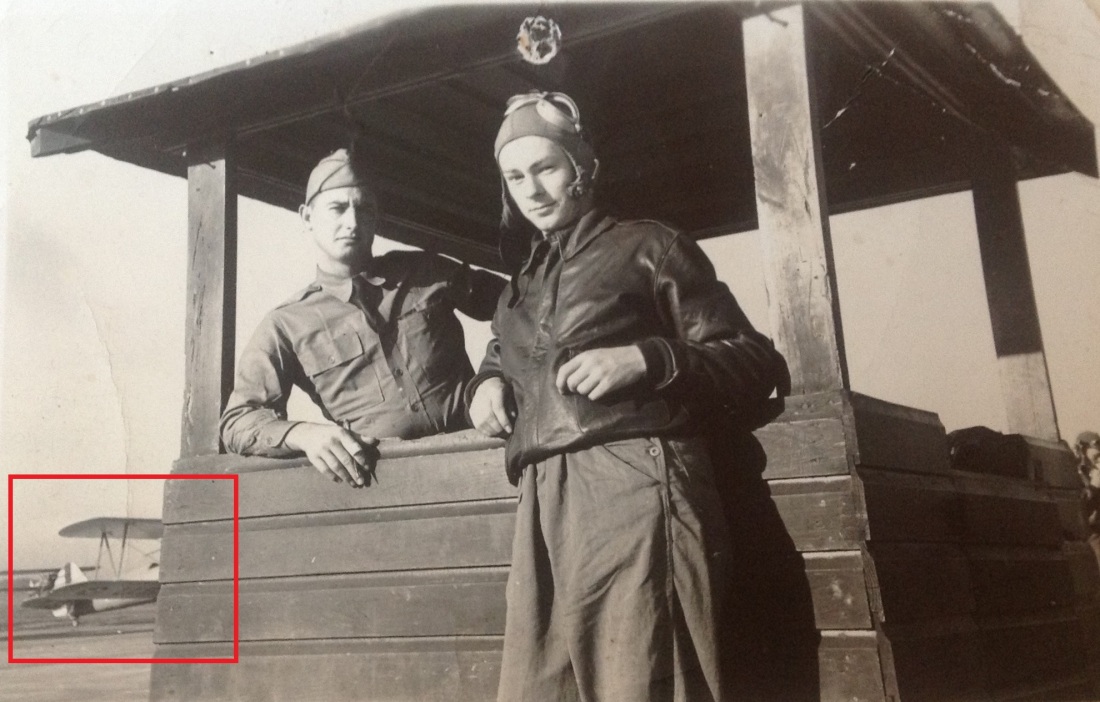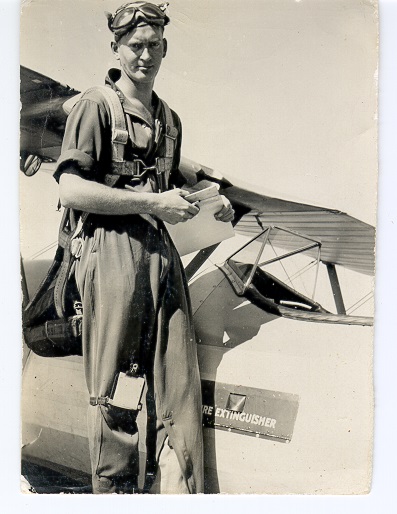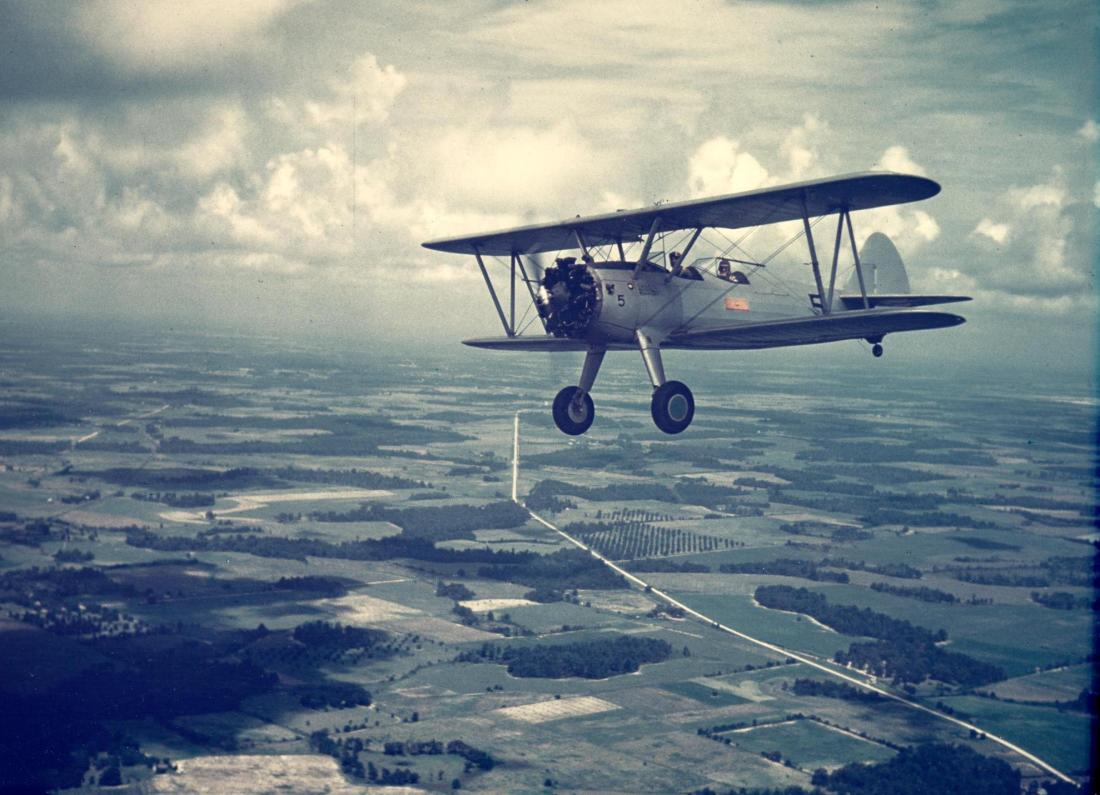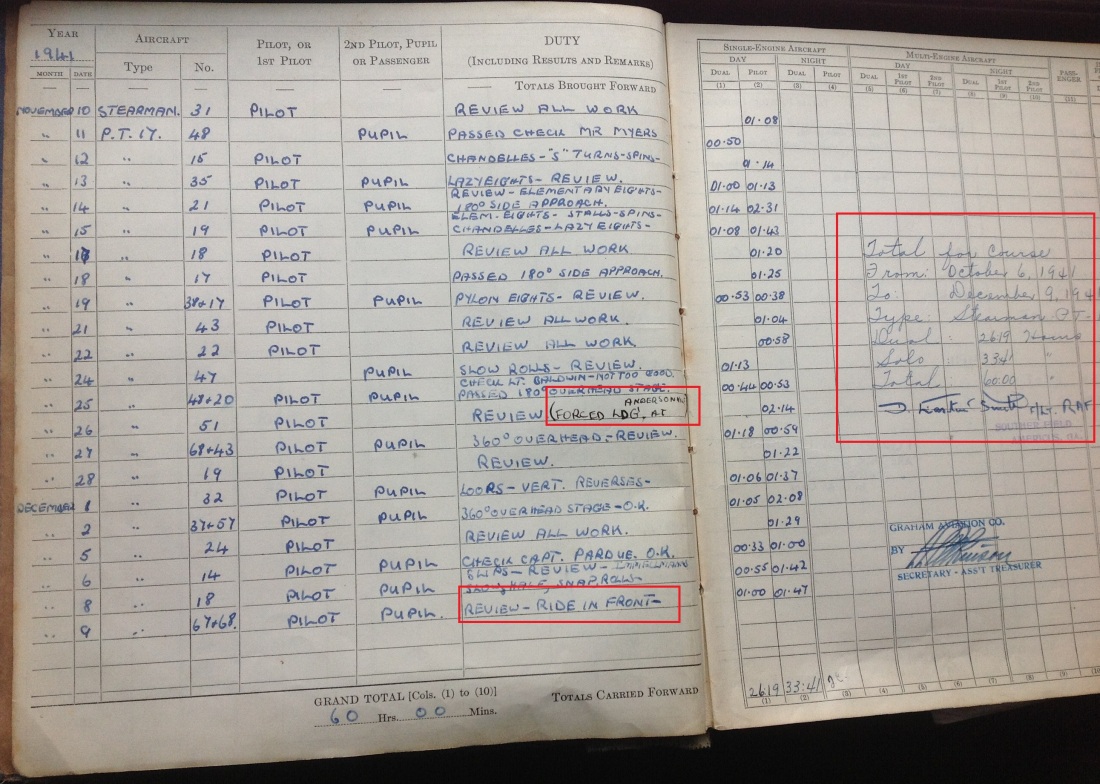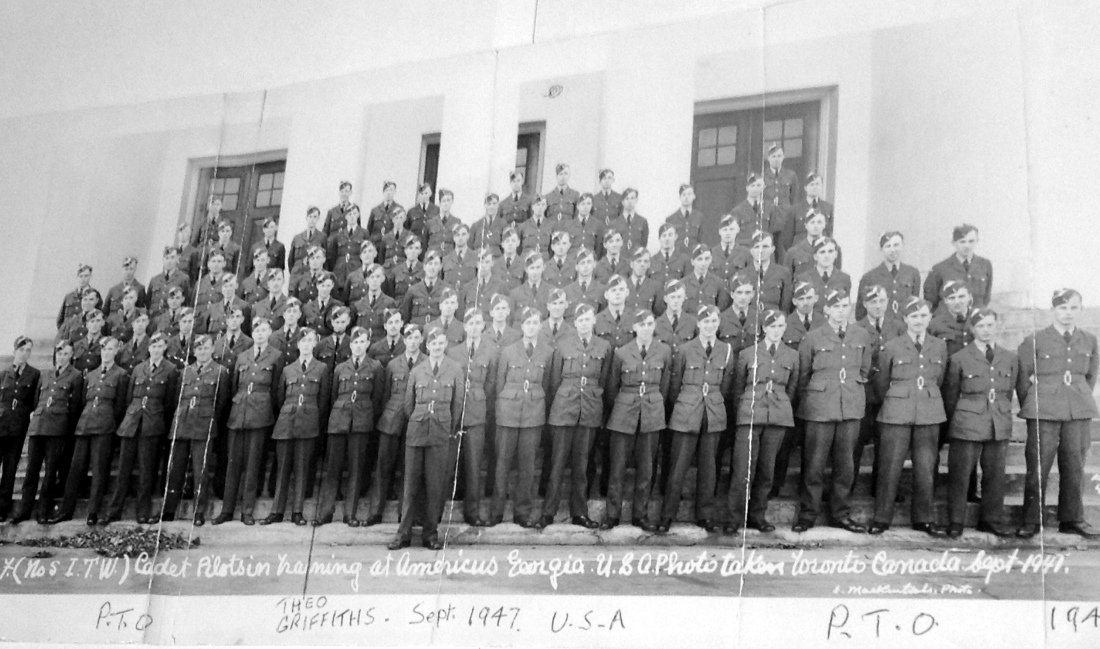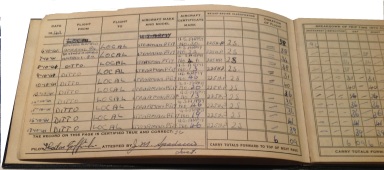Richard Cooper and I are preserving the past. I have been doing it since 2009. Richard joined me in February 2013 when he found this blog and started contributing stories and pictures.
My father-in-law is Theodore Griffiths DFC. He was a Mosquito pilot with 23 Squadron and his navigator was a Rick Maude. Any memories copies of photographs would be much appreciated. Theo suffers from Alzeimer’s and vascular dementia but is still able to recall his time with the squadron.
Richard Cooper
This is another day in the life of Theo Griffiths whose life has been touching so many people’s lives.
Click on the image to get a closer view…
Collection Theo Griffiths DFC (courtesy Richard Cooper)
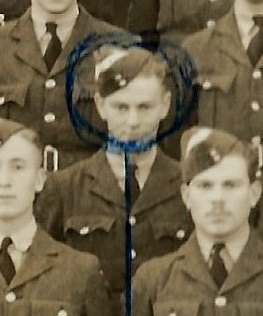
Theo Griffiths DFC
Theo was one of 90 cadet pilots from England heading down South.
Now look closer at the group picture…

George Rushbrook
George Rushbrook was also one of the 90 cadet pilots from England, with a friend…
Look closer…
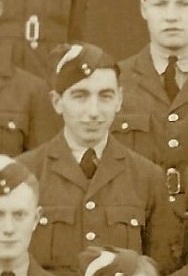
Gerald Thomas Padden
“Bunty”
1921-1942
What’s next on this blog?
90 cadet pilots are going south of the border…to Souther Field, Georgia, USA!
We will be October 24, 1941…
Another day in the life of Theo Griffiths whose life has been touching so many people’s lives.
